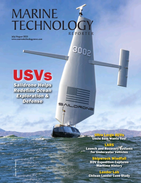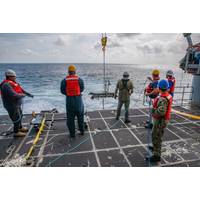
Wave Glider Launched from a US Navy Fast Transport Ship
U.S. Navy Sailors partnered with Military Sealift Command civilian mariners and civilian contractors in a collaborative effort to successfully launch a Liquid Robotics Wave Glider unmanned surface vehicle (USV) from expeditionary fast transport ship USNS Burlington (T-EPF 10), June 30, 2023.The launch took place during the Burlington’s transit to Cartagena, Colombia ahead of the start of UNITAS LXIV. Colombia is this year’s host for UNITAS, longest-running annual multinational maritime exercise in the world, scheduled to start on July 11, 2023.“UNITAS is so unique and full of opportuni
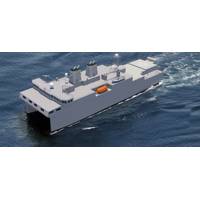
Austal USA Awarded US Navy TAGOS-25 Contract
prime contractor for the TAGOS program, has teamed with L3Harris Technologies (L3Harris), who will serve as electronic and propulsion systems integrator. Other contractor partners include Noise Control Engineering (NCE), TAI Engineering (TAI) and Thoma-Sea Marine Constructors (TMC).Operated by Military Sealift Command (MSC), T-AGOS ships provide a platform capable of passive and active anti-submarine acoustic surveillance for the Navy's Atlantic and Pacific Fleets. The 110-meter, steel ‘small waterplane area twin hull’ (SWATH) vessels support the Navy’s Integrated Undersea Surveillance
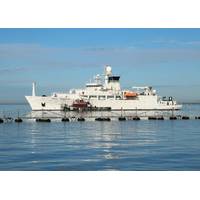
US Navy to Name Oceanographic Survey Ship USNS Robert Ballard
will be a multi-mission ship that will perform acoustic, biological, physical and geophysical surveys, providing much of the U.S. military’s information on the ocean environment. The vessel will be over 350 feet long with an overall beam of 58 feet. T-AGS 67 will be operated by the Military Sealift Command (MSC), which consists of non-combatant, civilian crewed ships that replenish U.S. Navy ships, chart ocean bottoms, conduct undersea surveillance, tactically preposition combat cargo at sea and move military equipment and supplies used by deployed U.S. forces around the world.“I am

Detyens to Overhaul US Navy Cable Layer
cumulative contract value to $9,975,203.Work at the North Charleston, S.C. shipyard is expected to be completed by April 2, 2022.This contract was competitively procured via the beta.sam.gov website, with four proposal received, the Department of Defense said. The ship's operator, the Military Sealift Command (MSC), is the contracting activity.Constructed at NASSCO in San Diego, USNS Zeus (T-ARC-7) entered service in 1984 as the first cable ship specifically built for the U.S. Navy. Though planned to be the first of two vessel series, the second ship was not built, leaving Zeus as the only ship

Halter Marine Awarded Contract for T-AGS 67
survey ships in the Pathfinder-class, the first of which, USNS Pathfinder (T-AGS-60), entered service in 1994. Today, six of the ships are still operational, including the newest ship, USNS Maury (T-AGS-66), commissioned in 2016.Owned by the U.S. Navy, Pathfinder-class vessels are operated by Military Sealift Command (MSC) for the Naval Oceanographic Office (NAVOCEANO). They have mostly civilian crews, including scientists from NAVOCEANO.Work for T-AGS 67 will be performed in Pascagoula (76%); Harahan, La. (8%); Belle Chase, La. (4.5%); Alpharetta, Ga. (4.5%); Mathews, La. (2.3%); Axis, Ala. (2%)
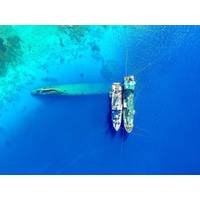
Oil Removed from WWII Era Shipwreck
;A market search was conducted to identify and charter a commercial oil tanker to collect the recovered petroleum product transport it for disposal or recycling at the conclusion of the operation. The oil tanker vessel Humber was selected.(U.S. Navy photo by LeighAhn Ferrari)Humber, along with Military Sealift Command's (MSC) USNS Salvor were positioned directly above the ex-Prinz Eugen in order to effectively conduct the oil removal. This task was challenging because of the close proximity of the wreck to the neighboring shoreline which would not allow the ships to drop the shoreward anchors due
Navy Surveys North Sea for Links to the Toughness of its Past
Naval History and Heritage Command (NHHC), Navy divers from Mobile Diving and Salvage Unit(MDSU) 2, Sailors from Naval Oceanography Mine Warfare Center (NOMWC), Sailors from the French Mine Clearance Dive Unit (MCDU) and members from Global Foundation for Ocean Exploration (GFOE) embarked upon Military Sealift Command rescue and salvage ship USNS Grasp (T-ARS 51) to survey a late 18th or early 19th century-shipwreck off the coast of England in the North Sea. The site is interesting to researchers for many reasons, not least of which is its location in the same general area as that of the final battle
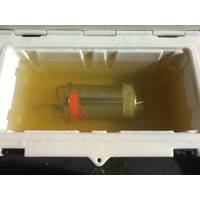
El Faro’s Voyage Data Recorder Recovered
the U.S. Navy, the Coast Guard, Woods Hole Oceanographic Institute, the National Science Foundation and the University of Rhode Island — who worked with NTSB investigators and support staff over three missions in 10 months to make this successful recovery possible.” Military Sealift Command’s fleet ocean tug USNS Apache departed Virginia Beach, Virginia, Friday with personnel from the NTSB, the U.S. Coast Guard, the U.S. Navy and Phoenix International aboard. After arriving at the accident location on Monday morning, technicians maneuvered CURV-21, a deep ocean remotely
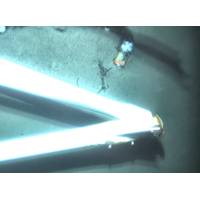
New Mission Set to Retrieve El Faro's VDR
The National Transportation Safety Board (NTSB) will launch its third mission to the wreckage of the El Faro on Friday from Virginia Beach, Virginia. The mission’s primary objective is to retrieve the sunken cargo ship’s voyage data recorder. The Military Sealift Command’s fleet ocean tug USNS Apache is expected to arrive at the accident site around August 9. Along with the NTSB, the U.S. Coast Guard, the U.S. Navy, and Phoenix International are joining the recovery effort, using CURV-21, a deep ocean remotely operated underwater vehicle to retrieve the VDR and conduct
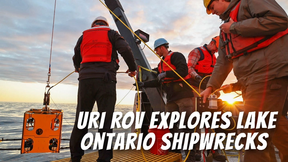
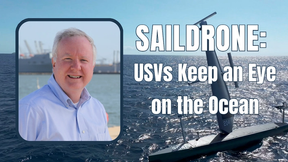
 February 2025
February 2025


